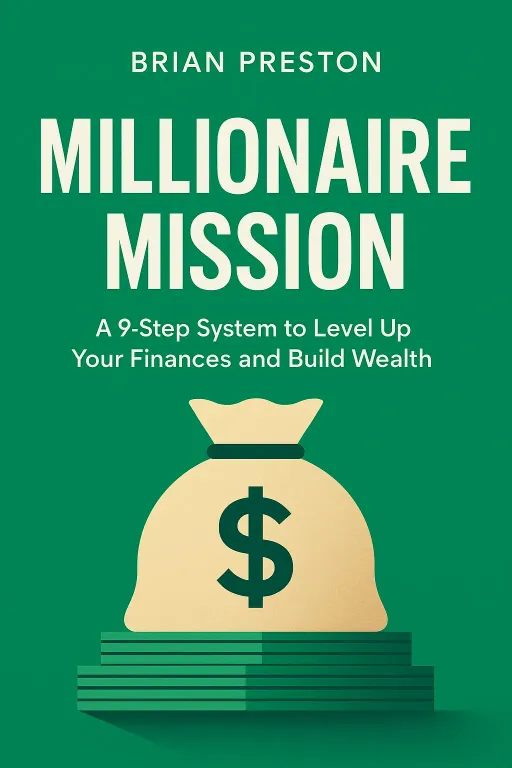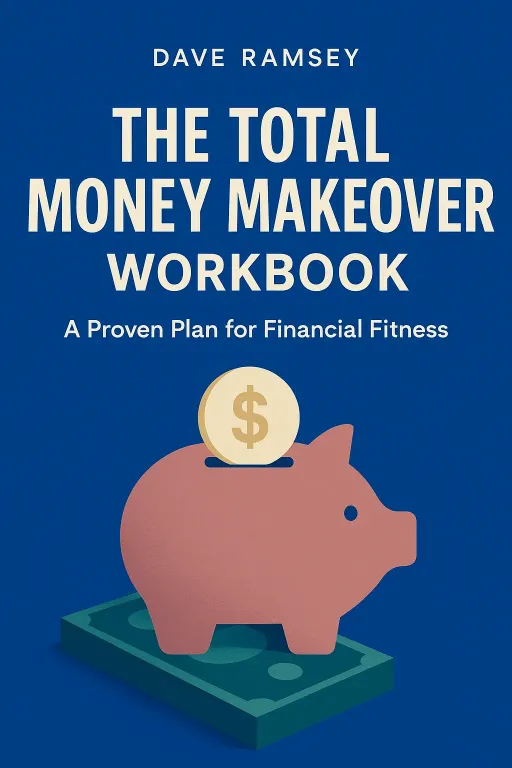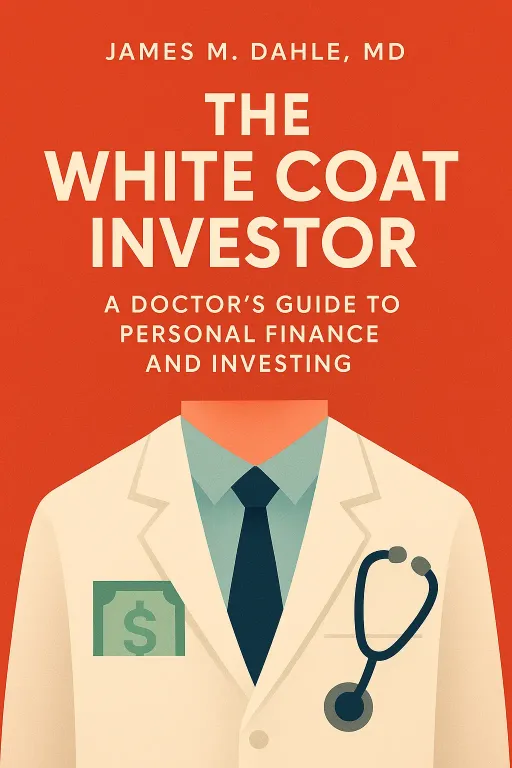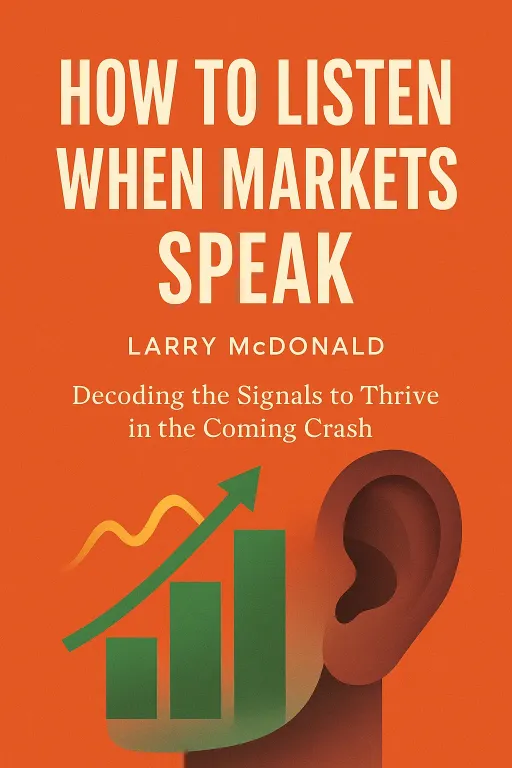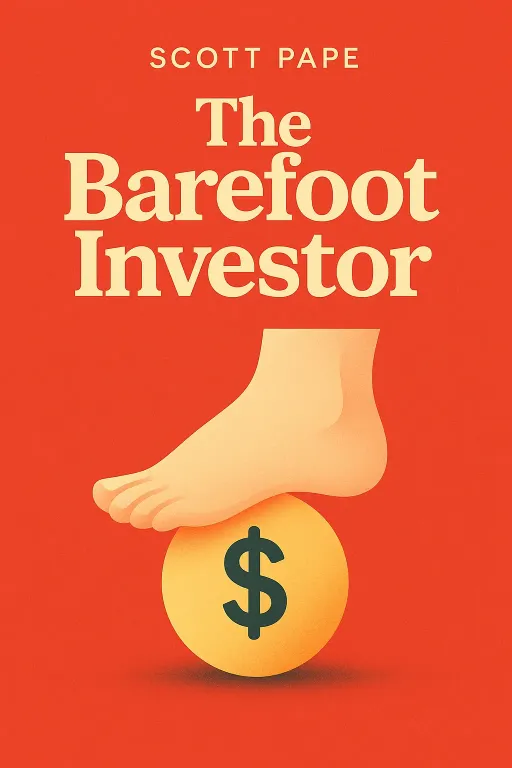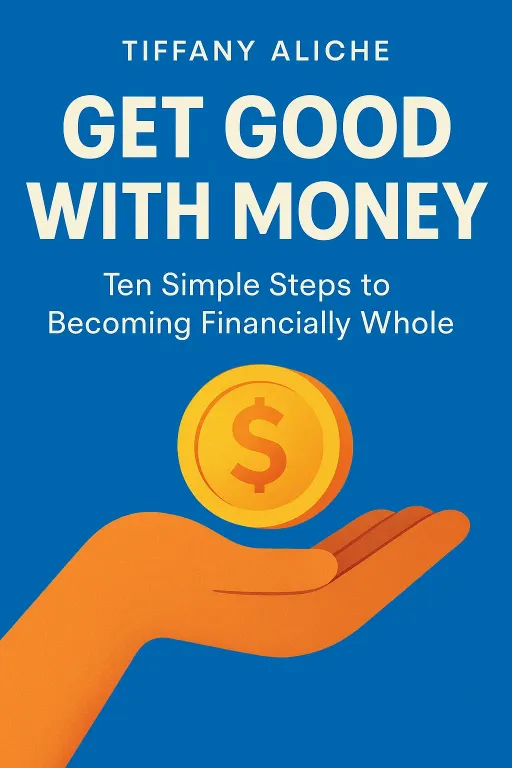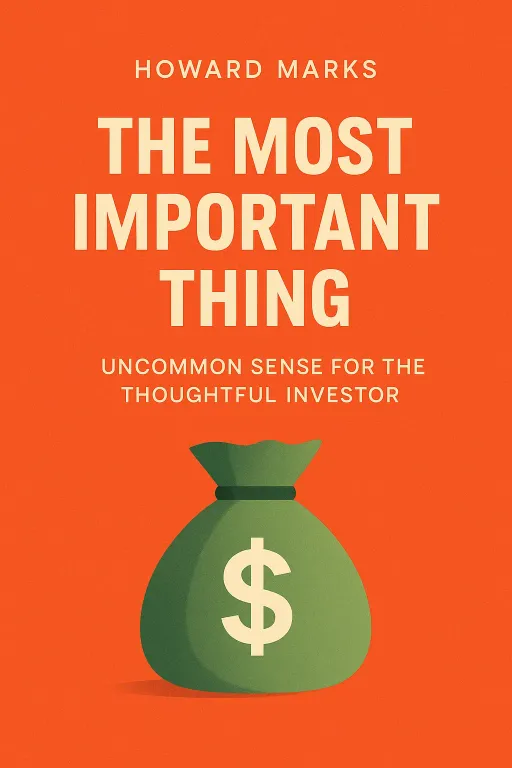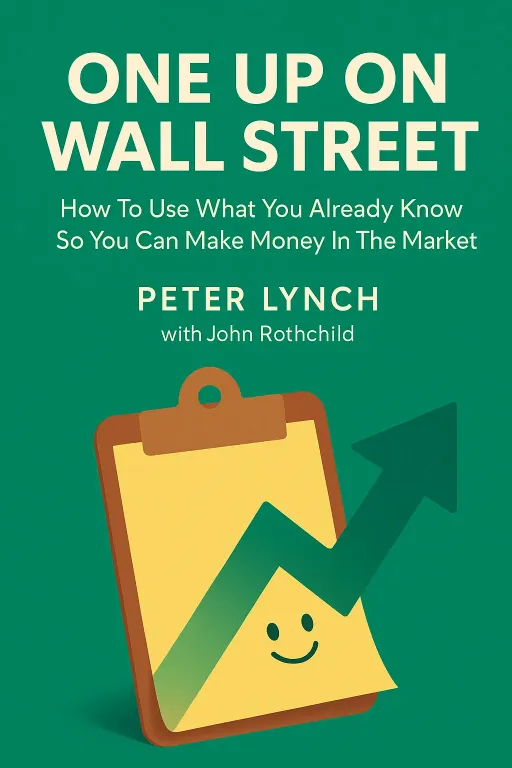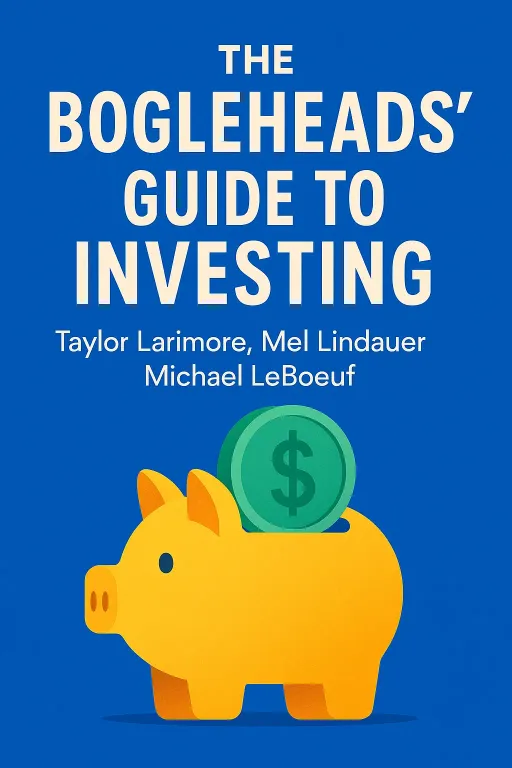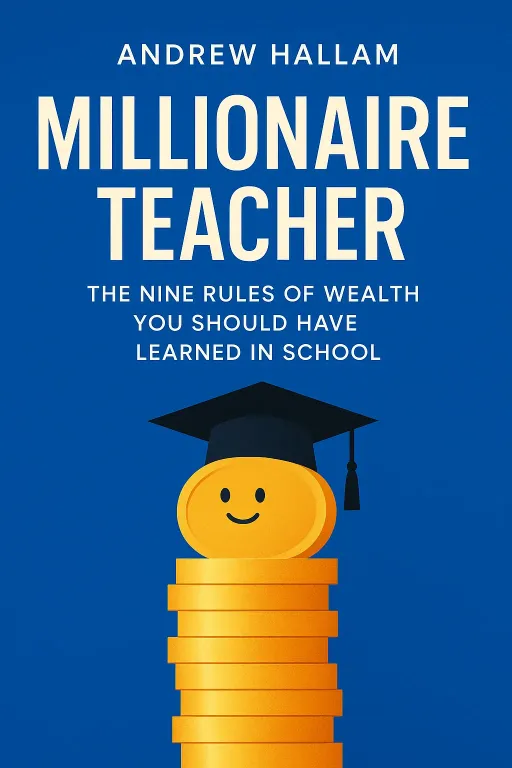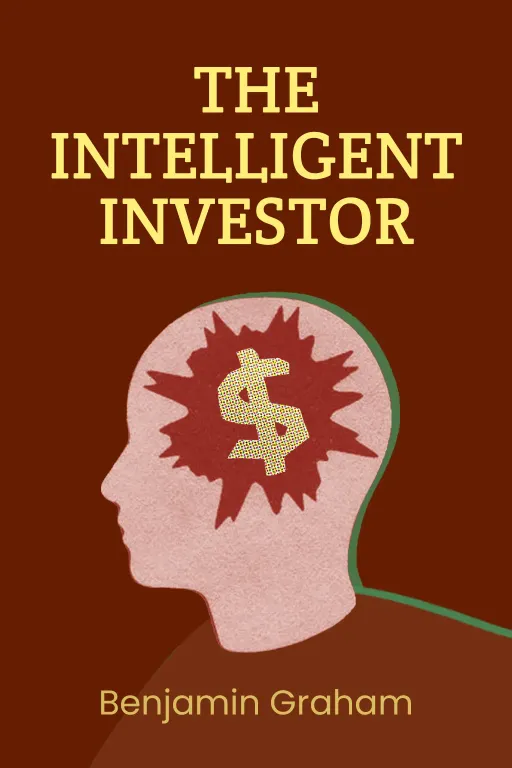
The Investor's Mindset: A Tech Leader's Guide to Beating Market Hype
11 minGolden Hook & Introduction
SECTION
Dr. Roland Steele: Ava, let me ask you something. What do you think Sir Isaac Newton—the man who discovered gravity and invented calculus—has in common with a day-trader who bought eToys stock in 1999?
Ava Shen: Hmm, that’s a great question. Off the top of my head, I’d say not much. One is a historical genius, the other is a symbol of a speculative frenzy.
Dr. Roland Steele: Exactly. And yet, they both got absolutely wiped out by the market. This isn't a story about intelligence. It's a story about emotion, and it's the central lesson in the book that made Warren Buffett who he is: Benjamin Graham’s "The Intelligent Investor."
Ava Shen: Which is fascinating, because Buffett, who you know I admire, says this is by far the best book on investing ever written. And he emphasizes it’s not about IQ, but about having the right intellectual framework and emotional discipline.
Dr. Roland Steele: That’s the perfect entry point. Because today, we’re not talking about stock tips. We’re talking about a mindset. And with your background as a product manager in the heart of the tech world, I think this is incredibly relevant. Today we'll dive deep into this from two perspectives. First, we'll meet the market's manic-depressive alter ego, 'Mr. Market,' and understand the critical difference between investing and speculating.
Ava Shen: And then, I assume, we'll talk about how to protect ourselves from him.
Dr. Roland Steele: Precisely. Then, we'll uncover the single most powerful concept for protecting yourself from him: the 'Margin of Safety.'
Deep Dive into Core Topic 1: Taming Mr. Market
SECTION
Dr. Roland Steele: So let's start with that core problem. Benjamin Graham argues that most people fail not because they're dumb, but because they confuse investing with speculating. Ava, in your world, what's the difference between building an innovative product and just chasing a speculative trend?
Ava Shen: That’s a daily battle. A truly innovative product solves a deep, persistent user problem. It has underlying, intrinsic value. You invest time, research, and resources into it. A speculative trend is like adding a feature just because it’s the hot new buzzword—AI, blockchain, you name it. It might get you a quick pop in engagement or a nice press release, but if it doesn’t solve a real need, the users eventually disappear. One is an investment in value, the other is a speculation on attention.
Dr. Roland Steele: That is a perfect parallel. Graham defines an investment with three criteria: it must be based on thorough analysis, it must promise safety of your principal, and it must promise an adequate return. Anything else, he says, is speculation. To make this crystal clear, he created a brilliant allegory. He asks you to imagine you own a small piece of a business, and you have a partner named Mr. Market.
Ava Shen: I like this already.
Dr. Roland Steele: Mr. Market is your classic manic-depressive. Every single day, he shows up at your door and offers to either buy your shares or sell you his, and he names a price. Some days, he’s euphoric. He sees nothing but a glorious future for the business and offers you a ridiculously high price. Other days, he’s in the depths of despair. He’s convinced the business is doomed and offers to sell you his shares for pennies on the dollar.
Ava Shen: So he’s basically Twitter, or the 24-hour news cycle, personified.
Dr. Roland Steele: Exactly! And Graham’s point is this: Mr. Market is there to serve you, not to guide you. You are free to ignore him completely. You only transact with him when his mood offers you a clear opportunity—you buy from him when he's panicking and sell to him when he's delirious. The speculator, on the other hand, lets Mr. Market’s mood dictate their own. They get excited when he's excited and terrified when he's terrified.
Ava Shen: They become his servant.
Dr. Roland Steele: And they almost always lose. The most brilliant example of this is Sir Isaac Newton. In the spring of 1720, he was an early investor in the South Sea Company. The stock was hot, but Newton, being a genius, sensed the market was getting irrational. He cashed out, making a 100% profit of £7,000—a huge sum.
Ava Shen: Smart. He saw the bubble.
Dr. Roland Steele: He did. But then, he made a fatal mistake. He watched from the sidelines as his friends, who stayed in, got even richer. The FOMO—the fear of missing out—became unbearable. He couldn't stand it. So he jumped back in, buying shares at a much, much higher price, right near the peak.
Ava Shen: Oh no.
Dr. Roland Steele: You know how this ends. The South Sea Bubble burst spectacularly. Newton lost £20,000, which is over $3 million in today's money. He was so traumatized that for the rest of his life, he forbade anyone from even speaking the words "South Sea" in his presence. He famously lamented, "I can calculate the motion of heavenly bodies, but not the madness of people."
Ava Shen: Wow. That's the dot-com bubble in a nutshell. I remember the stories of companies like eToys or Webvan. Their stock prices were completely detached from the business reality. eToys was valued higher than Toys 'R' Us, but it was spending more money on marketing to sell a toy than it was making from the sale itself. Mr. Market was euphoric, but the business fundamentals were a disaster. As a product manager, it's a constant battle to focus the team on solving a real, sustainable problem, not just building what's 'hot' this quarter and will get us a temporary spike in the metrics.
Dr. Roland Steele: You’re fighting Mr. Market in your own office.
Ava Shen: Every day. He shows up in the form of a competitor announcement, a new tech trend, or a sales team demanding a feature for one big client. It’s so easy to get distracted by his noise.
Deep Dive into Core Topic 2: The Margin of Safety
SECTION
Dr. Roland Steele: Exactly. And Graham gives us the ultimate tool to protect ourselves from that madness. It's his central concept, the three most important words in investing: 'Margin of Safety.' It's not about timing the market, it's about pricing the asset.
Ava Shen: Okay, so if Mr. Market is the problem, this is the solution. How does it work?
Dr. Roland Steele: The principle is beautifully simple. A margin of safety is the difference between the intrinsic value of a business and the price you pay for it. Graham’s student, Warren Buffett, uses a great analogy: When you build a bridge, you design it to hold 30,000 pounds, but you only drive 10,000-pound trucks across it. That 20,000-pound buffer is your margin of safety. It protects you from miscalculation, bad luck, or unforeseen events.
Ava Shen: So you’re building in a buffer for being wrong.
Dr. Roland Steele: Precisely. You don't need to predict the future perfectly if you buy something so cheap that a lot of things can go wrong and you'll still be okay. The best case study for this is one of Buffett's own legendary investments. In 1973, during a brutal bear market, you could buy the entire Washington Post Company on the stock market for about $80 million.
Ava Shen: The whole company? The newspaper, Newsweek, TV stations, everything?
Dr. Roland Steele: Everything. But Buffett, applying Graham's principles, did his homework. He didn't care that Mr. Market was suicidal about the company's stock. He looked at the business itself. He conservatively estimated that if you sold off the assets individually, they were worth, at a bare minimum, $400 million.
Ava Shen: So he could buy it for $80 million, but it was worth at least $400 million.
Dr. Roland Steele: You got it. He was buying a dollar for 20 cents. That $320 million gap... was his margin of safety. It didn't matter if the stock went down for a while, because he knew the underlying value was there. And of course, over the next few decades, that investment grew to be worth billions. He bought a great business at a ridiculously cheap price.
Ava Shen: This is a fantastic framework. It translates so directly to technology and product strategy. When we build a new product, we can build it fast and cheap on a shaky foundation—that's an MVP, a Minimum Viable Product, with zero margin of safety. Or, we can invest in a robust, scalable architecture. It's slower, more expensive upfront, but it's our margin of safety against unexpected user growth, security threats, or the need to pivot the business model later. It's the difference between building a product that lasts and one that collapses under its own weight.
Dr. Roland Steele: But in tech, isn't speed everything? How do you sell that 'slower, safer' approach to executives who are obsessed with the "move fast and break things" mantra?
Ava Shen: That's the key tension. You have to be pragmatic. You can't build a fortress for a lemonade stand. But you also can't build a skyscraper on a foundation of sand. The art is in identifying the core of your product—the part that be robust—and building your margin of safety there. For everything else, you can move faster. It's about being strategic with your "technical investments," just like Graham is strategic with his financial ones. You don't apply the same rule everywhere, but you always know where your biggest risks are and you build your buffer there.
Dr. Roland Steele: So you're not just building a product, you're building a resilient system.
Ava Shen: Exactly. A system that can withstand the unexpected. A system with a margin of safety.
Synthesis & Takeaways
SECTION
Dr. Roland Steele: This has been a fantastic discussion. We have these two powerful, connected ideas from Graham. First, recognize that the market is Mr. Market, your emotional, unreliable partner. Don't let his mood swings dictate your actions.
Ava Shen: And second, protect yourself from his madness, and your own potential for error, by always insisting on a margin of safety. Don't just look at the price, look for the gap between price and real, durable value.
Dr. Roland Steele: It’s a philosophy that has made Warren Buffett one of the most successful people in history, and it has nothing to do with complex algorithms or inside information. It's about discipline and character.
Ava Shen: And I think it's not just for investing. It's a mindset. In tech, we're obsessed with 'what's next.' We chase the future. Graham's wisdom forces us to ask a more important question: 'What's timeless?' What is the real, underlying value here, and how much am I protected if my assumptions about the future are wrong? That's a question every product manager and every leader should be asking.
Dr. Roland Steele: That's the perfect takeaway. So for our listeners, the next time you face a big decision, whether it's buying a stock, launching a project, or even a career move, ask yourself that one simple, powerful question that Benjamin Graham taught the world: 'What is my margin of safety?' Ava, thank you so much for bringing your perspective to this.
Ava Shen: My pleasure, Roland. It was a great conversation.
